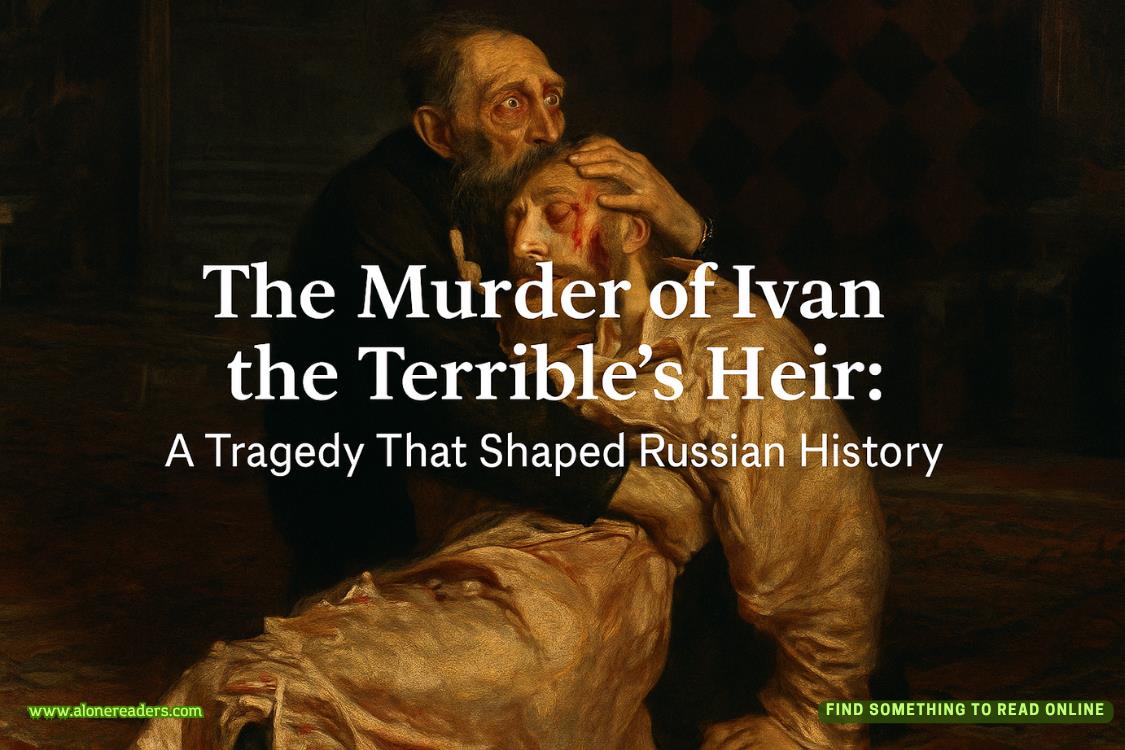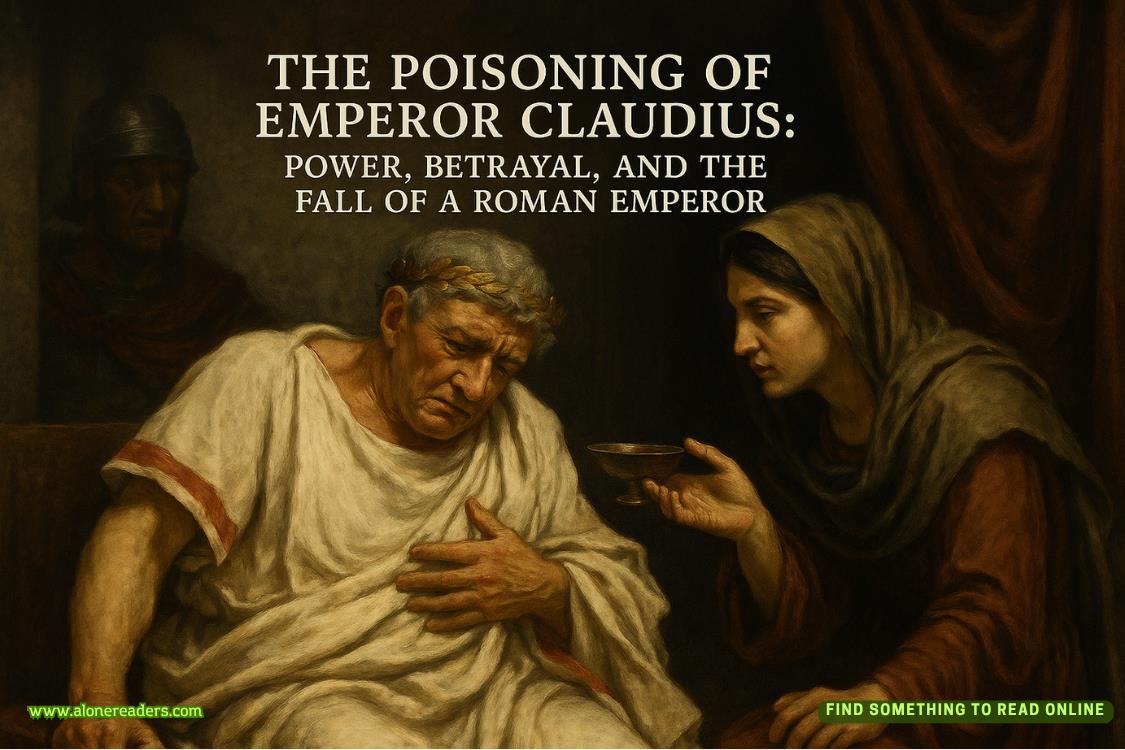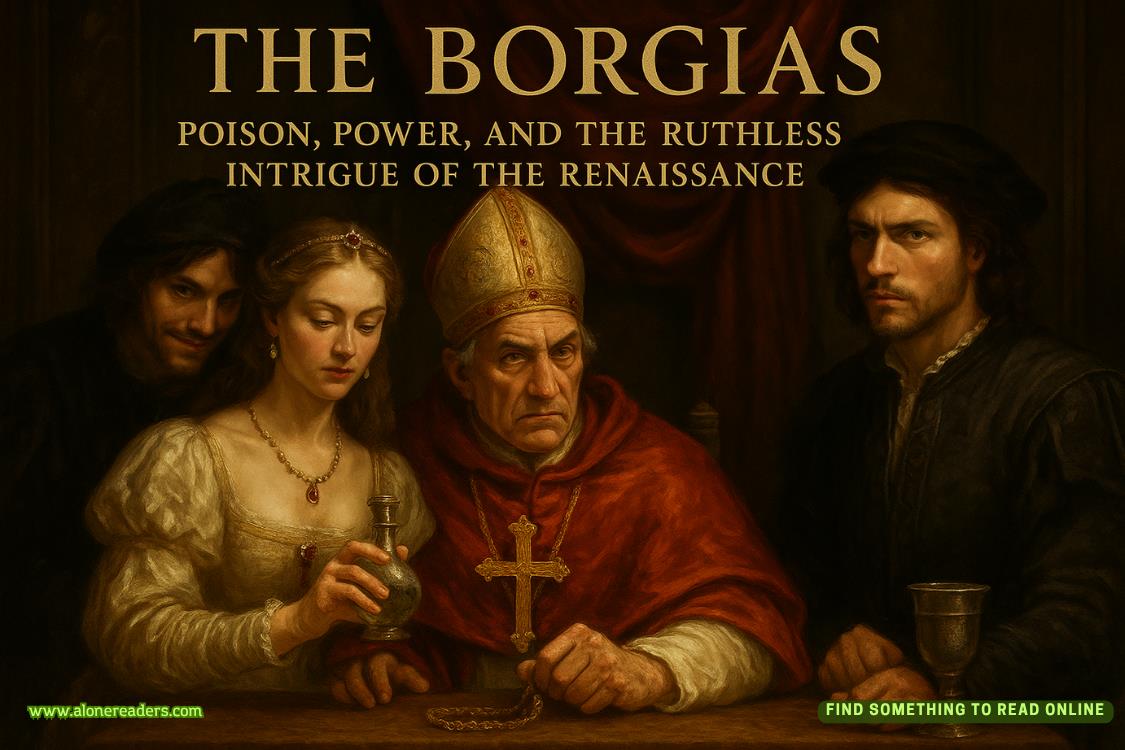Page 30 of Flowers in the Attic (Dollanganger 1)
To play kindergarten teachers was great fun, or could have been, if our student body had been the least bit willing But as soon as we had breakfast finished, our dishes washed and put away, our food stashed in the coldest place, and the hour of ten had come and gone with servants from the second floor, Chris and I each dragged a wailing twin up into the attic schoolroom. There we could sit at the student desks and make a grand mess cutting flower forms from the colored craft paper, using the crayons to glorify the colors with stripes and polka-dots. Chris and I made the best flowers--what the twins made looked like colored blobs.
"Modern art," Chris named the flowers they made.
On the dull and gray slat walls we pasted up our goliath flowers. Chris ascended the old ladder with the missing rungs again so he could dangle down long strings tied to the attic rafters, and to these strings we fastened colorful blossoms that constantly moved in the attic drafts.
Our mother came up to view our efforts, and she gave us all a pleased smile. "Yes, you're doing marvelously well. You are making it pretty up here." And thoughtfully she moved closer to the daisies, as if considering something else she could bring us. The next day she came with a h
uge flat box containing colored glass beads and sequins, so we could add sparkle and glamor to our garden. Oh, we did slave over making those flowers, for whatever occupation we pursued, we pursued it with diligent, fervid zeal. The twins caught some of our enthusiasm, and they stopped howling and fighting and biting when we mentioned the word attic. For after all, the attic was slowly, but surely, turning into a cheerful garden. And the more it changed, the more deter- mined we became to cover over every last wall in that endless attic!
Each day, of course, when Momma was home from that secretarial school, she had to view the day's accomplishments. "Momma," gushed Carrie in her breathless bird twitter, "that's all we do all day, make flowers, and sometimes Cathy, she don't want us to go downstairs and eat lunch!"
"Cathy, you mustn't become so preoccupied with decorating the attic that you forget to eat your meals."
"But, Momma, we're doing it for them, so they won't be so scared up there."
She laughed and hugged me. "My, you are the persistent one, you and your older brother both. You must have inherited that from your father, certainly not from me. I give up so easily."
"Momma!" I cried, made uneasy. "Are you still going to school? You are getting better at typing, aren't you?"
"Yes, of course I am." She smiled again, and then settled back in her chair, holding up her hand and seeming to admire the bracelet she wore. I started to ask why she needed so much jewelry to attend secretarial school, but she spoke instead. "What you need to make now is animals for your garden."
"But, Momma, if roses are impossible to make, how can we even draw animals?"
She gave me a wry little smile as she traced a cool finger over my nose "Oh, Cathy, what a doubting Thomas you are. You question everything, doubt everything, when you should know by now, you can do anything you want to, if you want to badly enough. And I'm going to tell you a secret I've known about for some time--in this world, where everything is complicated, there is also a book to teach you how simple everything can be."
That I was to find out.
Momma brought us art instruction books by the dozens. The first of these books taught us to reduce all complicated designs into basic spheres, cylinders, cones, rectangles and cubes. A chair was just a cube-- I hadn't known that before. A Christmas tree was just an inverted ice-cream cone--I hadn't known that before, either. People were just combinations of all those basic forms: spheres for heads; arms, necks, legs, torso, upper and lower, were only rectangular cubes or cylinders, and triangles made for feet. And believe it or not, using this basic method, with just a few simple additions, we soon had rabbits, squirrels, birds, and other small friendly creatures--all made by our very own hands.
True, they were peculiar looking. I thought their oddities made them all the sweeter. Chris colored all his animals realistically. I decorated mine with polkadots, gingham checks, plaids, and put lace-edged pockets on the laying hens. Because our mother had shopped in a sewing notions store, we had lace, cords of all colors, buttons, sequins, felt, pebbles and other decorative materials. The possibilities were endless. When she put that box into my hands, I know my eyes must have shown all the love I felt for her then. For this did prove she thought of us when she was out in the world. She wasn't just thinking of new clothes for herself, and new jewelry and cosmetics. She was trying to make our confined lives as pleasant as possible.
One rainy afternoon Cory came running to me with an orange paper snail he'd laborously worked on the entire morning, and half of the afternoon. He'd eaten but a little of his favorite lunch, peanut-butterand-jelly sandwiches, he was that anxious to get back to his "work" and put on the "things that stick out of the head."
Proudly, he stood back, small legs spread wide, as he watched each flicker of expression on my face. What he'd made resembled nothing more than a lopsided beachball with trembling feelers.
"Do you think it's a good snail?" he asked, frowning up and looking worried when I couldn't find words to say.
"Yes," I said quickly, "it's a wonderful, beautiful snail" "You don't think it looks like an orange?"
"No, of course not--oranges don't have swirls, like this snail does--or crooked feelers."
Chris stepped closer to view the pitiful creature I held in my hands. "You don't call those things feelers," he corrected. "A snail is a member of the mollusc family, which have soft bodies without any backbones--and those little things are called antennae, which are connected to its brain; it has tubular intestines that end with its mouth, and it moves by a gear-edged foot."
"Christopher," I said coolly, "when Cory and I want to know about a snail's tubular intestines, we'll send you a telegram, and please go sit on a tack and wait for it."
"Do you want to be ignorant all your life?"
"Yes!" I flared back, "When it comes to snails, I prefer knowing nothing!"
Cory tagged behind me as we went to watch Carrie pasting pieces of purple paper together. Her working method was slap- dash, unlike Cory's careful plodding. Carrie used her pair of scissors to ruthlessly stab a hole into her purple. . . thing. Behind the hole she pasted a bit of red paper. When she had this . . . thing . . . put together, she named it a worm. It undulated like a giant boa constrictor, flashing a single mean red eye with black spider-leg lashes. "Its name is Charlie," she said, handing over her four feet of "worm" to me. (When things came to us without a name of their own, we made their names begin with a C to make them one of us.)
On the attic walls, in our beautiful garden of paper flowers, we pasted up the epileptic snail beside the fierce and menacing worm. Oh, they did make a pair. Chris sat down and lettered a big sign in red: ALL ANIMALS BEWARE OF EARTH-WORM!!!
I lettered my own sign, feeling Cory's small snail was the one in jeopardy, IS THERE A DOCTOR IN THE HOUSE? (Cory named this snail Cindy Lou.)
Momma viewed this day's accomplishments with laughter, all smiles, because we were having fun. "Yes, of course there is a doctor in the house," she said, and leaned to kiss Chris's cheek. "This son of mine has always known what to do for a sick animal. And Cory, I adore your snail--she looks . . . so .. . so sensitive."
"Do you like my Charlie?" asked Carrie anxiously. "I made him good. I used all the purple to make him big. Now we don't have no more purple."















